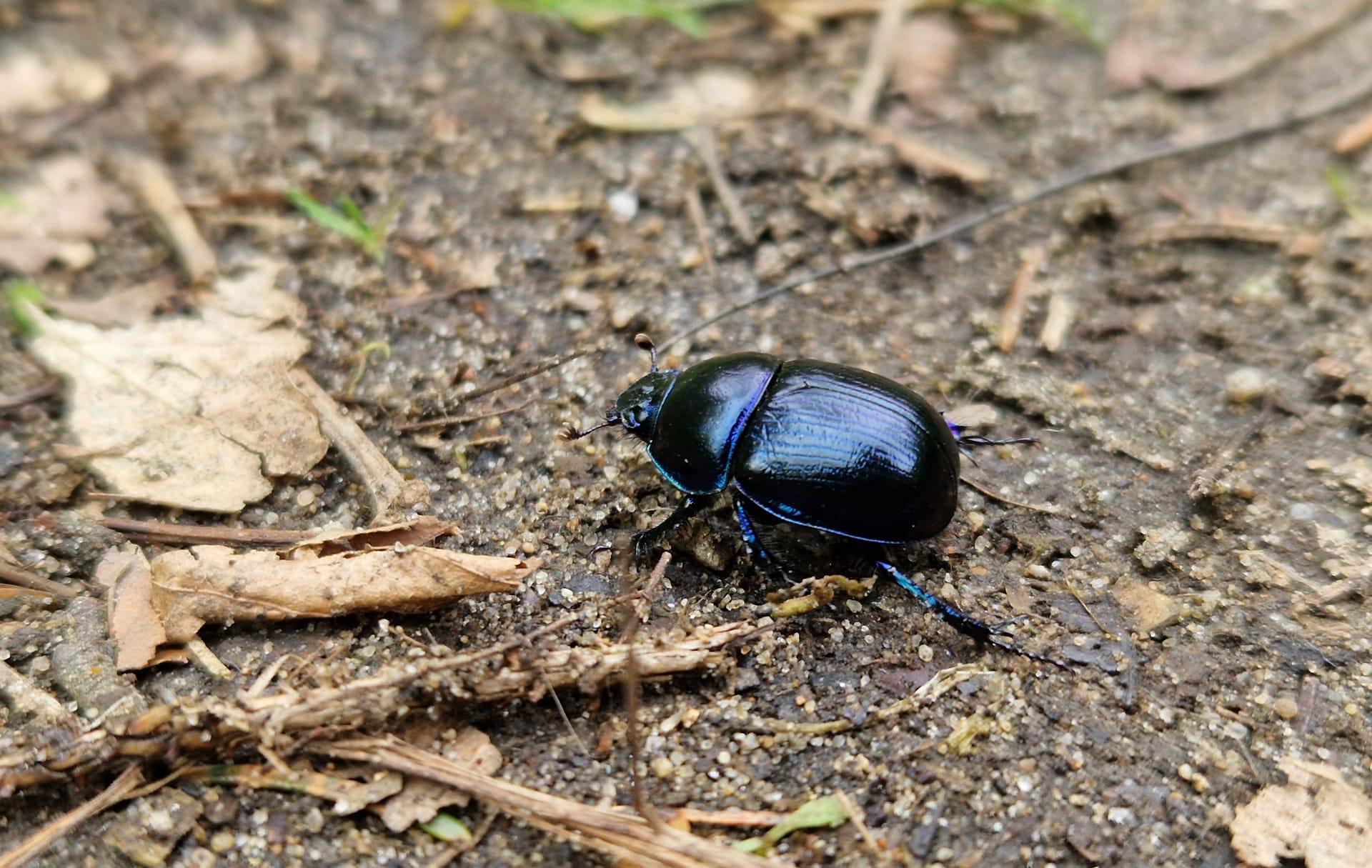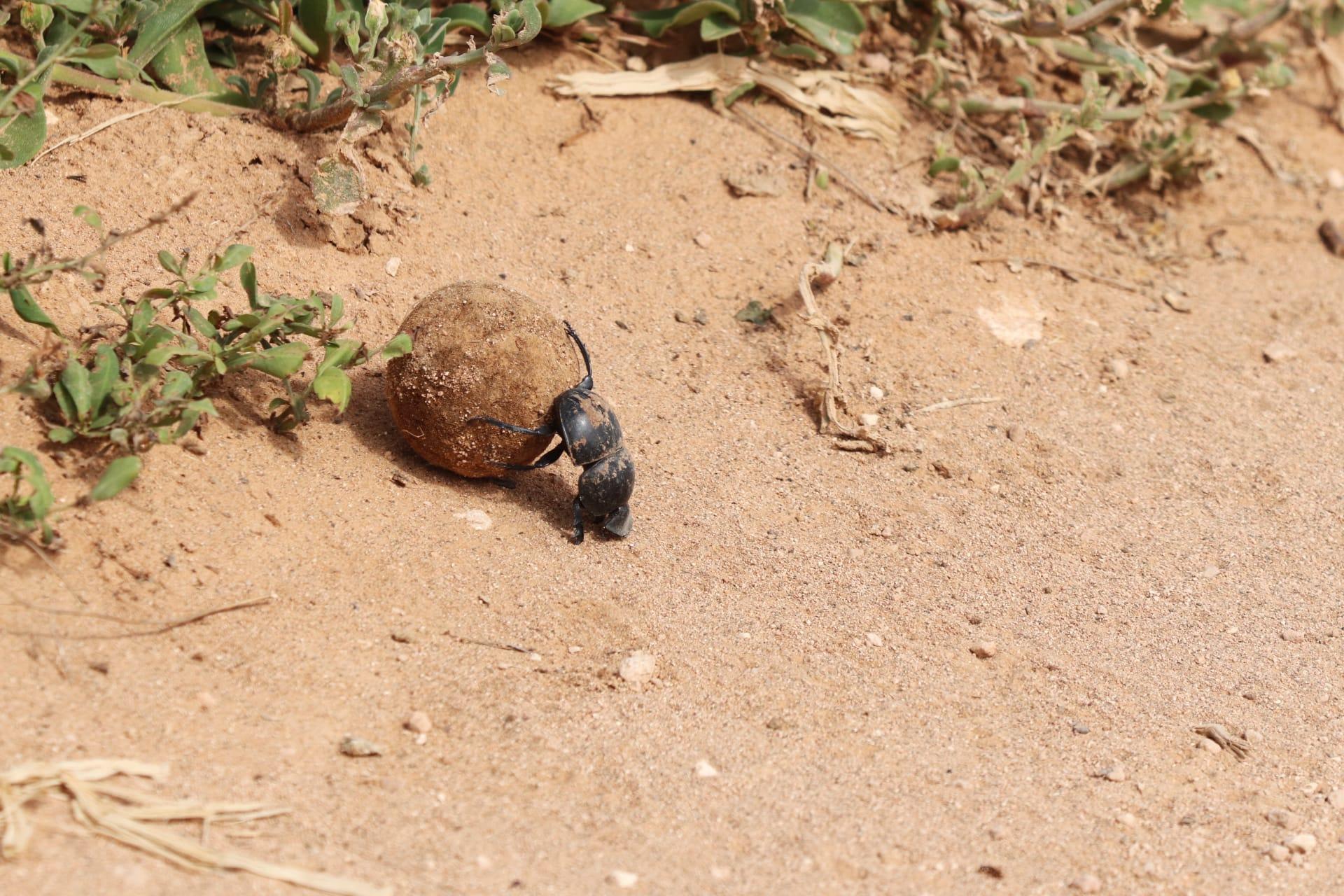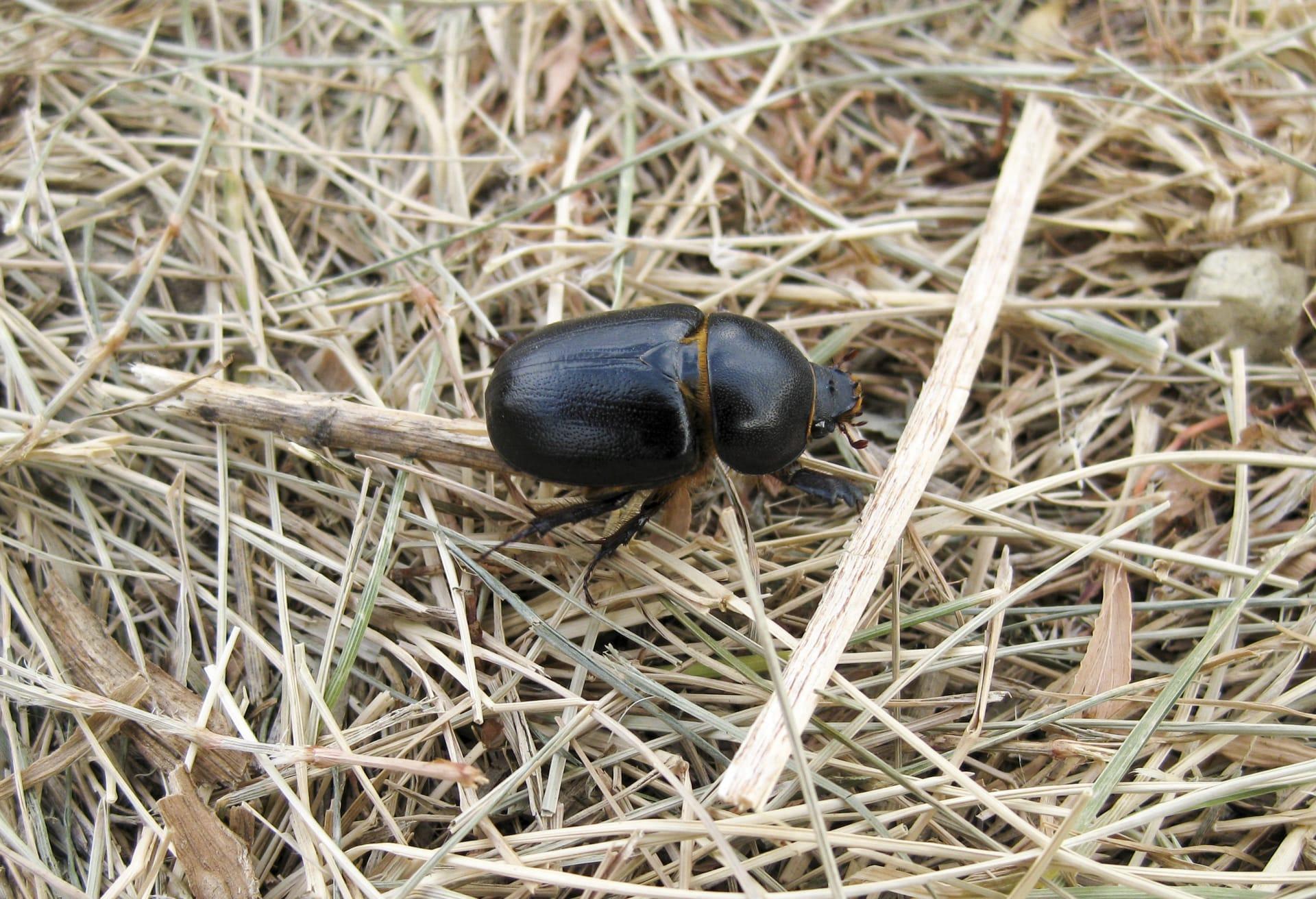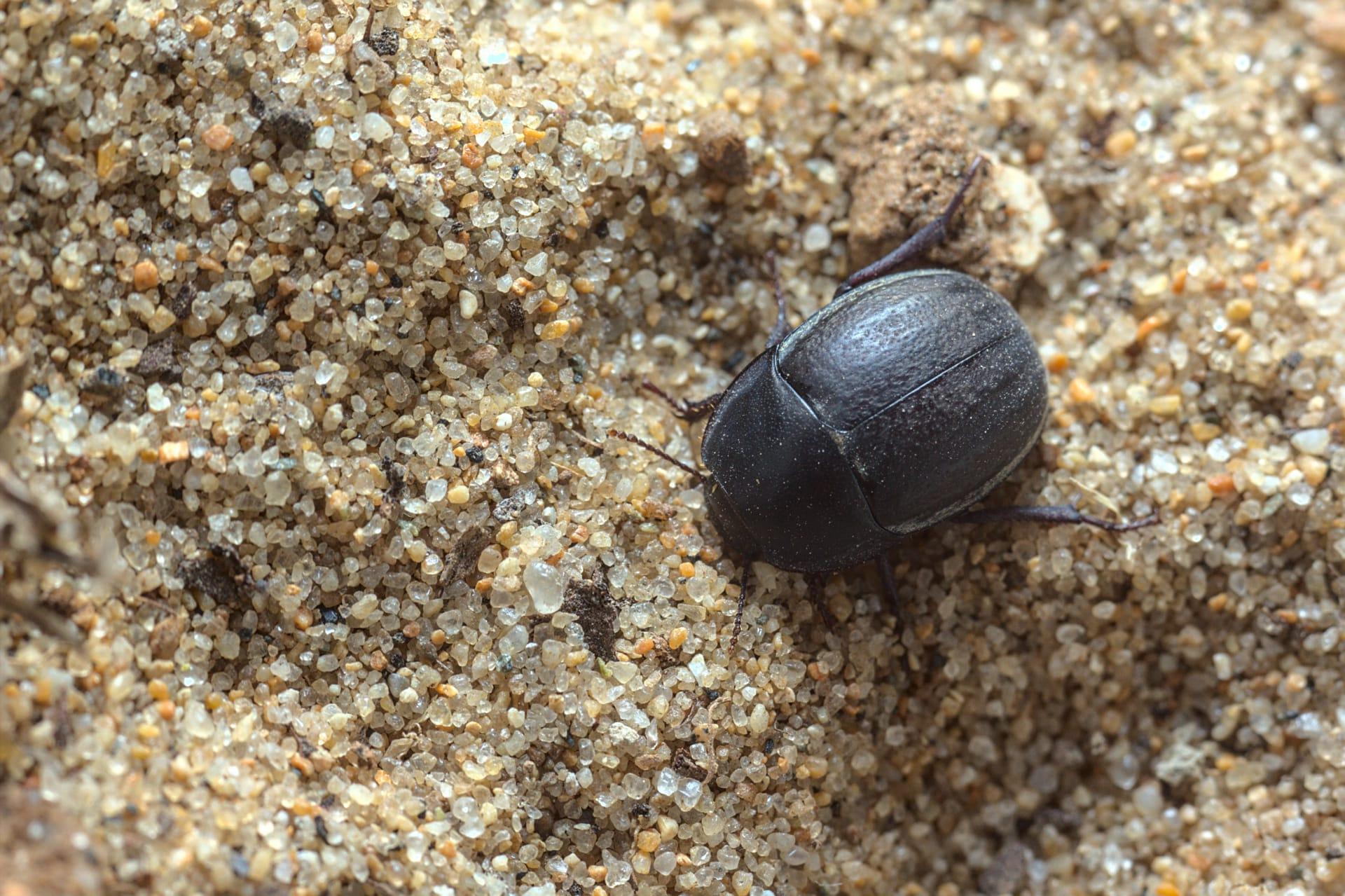Dung Beetle Characteristics
- Home /
- Mini Encyclopedia /
- Animal /
- Dung Beetle Characteristics
1
Dung beetles, scientifically known as Scarabaeoidea, exhibit a fascinating array of physical characteristics. Typically, these beetles range in size from a mere 0.2 inches (0.5 cm) to a more substantial 2.4 inches (6 cm), making them quite diverse in their physical presence. When it comes to lifespan, dung beetles enjoy a relatively brief yet industrious life, usually living up to 3 years. Remarkably adaptable, these creatures can thrive in various climates and environments, owing to their hardy nature.
One of the most remarkable organs of a dung beetle is its incredibly strong and versatile legs. These legs are not just for mobility; they play a pivotal role in the beetle's survival. The front legs, in particular, are highly specialized for digging and manipulating dung, which is essential for both their nutrition and reproductive strategies. The strength of these legs is extraordinary, allowing dung beetles to move balls of dung many times their weight and size. This physical prowess is not just impressive; it's central to their survival and ecological role.

2
Question: Why do dung beetles roll dung into balls?
Answer: The primary reason dung beetles roll dung into balls is for feeding and breeding purposes. These beetles extract nutrients from the dung, which forms a significant part of their diet. More interestingly, the rolling and burying of dung balls serve as a breeding strategy. Female dung beetles lay their eggs in these dung balls, which, upon hatching, provide an immediate food source for the larvae. This behavior not only benefits the dung beetles but also plays a crucial role in nutrient recycling and soil aeration, making these beetles vital players in their ecosystems.

3
Dung beetles exhibit remarkable movement characteristics, especially in how they navigate while rolling dung. These beetles are known to use the Milky Way as a navigation tool, making them one of the few creatures capable of celestial navigation. This helps them maintain a straight line, which is crucial for efficiently moving their dung balls to a safe location. Their movement is not just about strength but also about precision and orientation, making their navigational skills a subject of scientific fascination.
In terms of feeding, dung beetles are coprophagous, meaning they feed primarily on feces. This diet is rich in nutrients and provides them with all the necessary sustenance. Their strong mandibles allow them to break apart the dung, while their keen sense of smell helps them locate fresh dung, which is vital for both their survival and reproductive success. The efficiency of their feeding habits plays a significant role in their ecological impact, as it aids in the decomposition and recycling of waste materials.

4
Dung beetles thrive in a variety of environments, ranging from deserts to forests. They are particularly abundant in areas with a large presence of herbivore mammals, as their dung provides the primary food source and breeding grounds for these beetles. Adaptability is key to their survival, allowing them to inhabit diverse climates and regions around the globe.
The reproductive behavior of dung beetles is as unique as their diet. After mating, the female selects a suitable piece of dung, shapes it into a ball, and lays her eggs within it. This ball then serves as both a food source and a protective chamber for the developing larvae. The male often helps in rolling the ball to a suitable location, where it's buried for safety. This method of reproduction not only ensures the survival of the next generation but also contributes to soil health through the process of dung burial and decomposition.

5
Book: "The Extraordinary World of Dung Beetles" by James R. Miller. Published in the United States in 2018, this book offers a comprehensive look at the life and ecological importance of dung beetles. Miller, an entomologist, delves into the behavior, physiology, and environmental impact of these fascinating insects, providing readers with an engaging and educational insight into their world.
Book: "Dung Beetles: Nature's Waste Managers" by Sarah E. Simmons. Hailing from the UK and published in 2015, this book by biologist Simmons explores the dung beetle's role in waste management and soil health. Through detailed research and accessible writing, Simmons highlights how these insects contribute to ecosystems and offers an intriguing look at their behavior and life cycle.